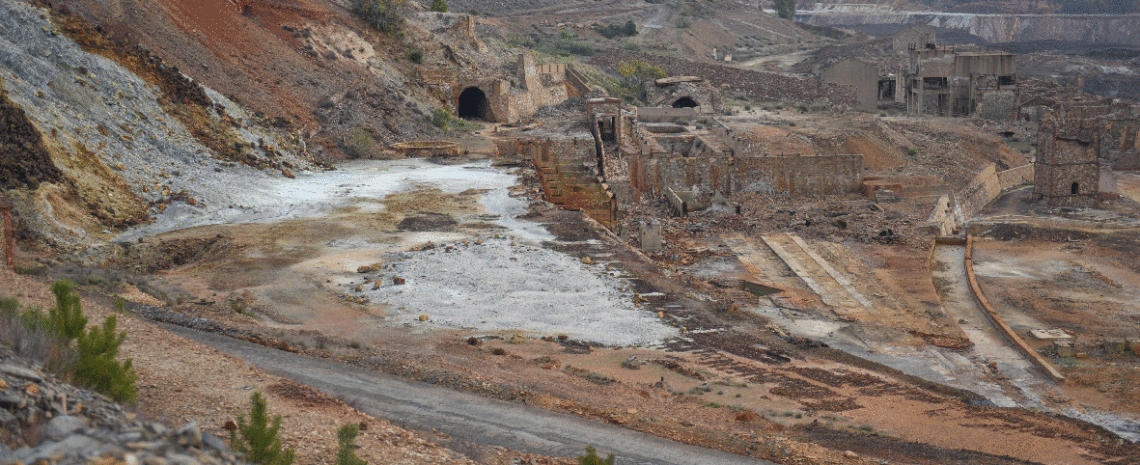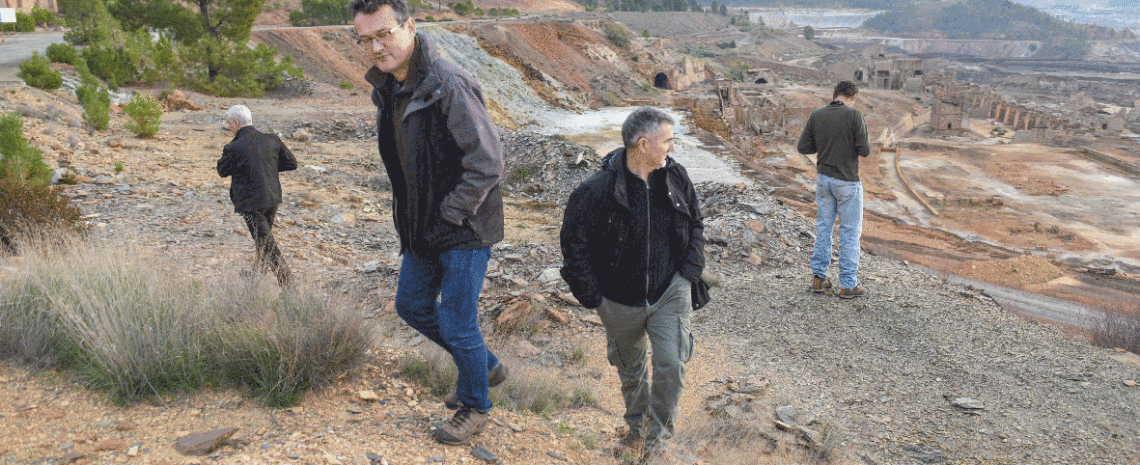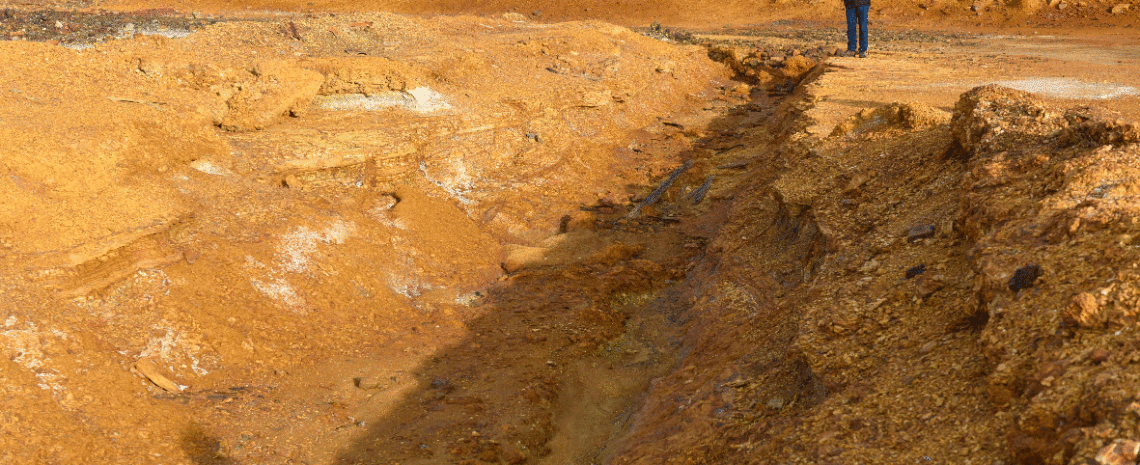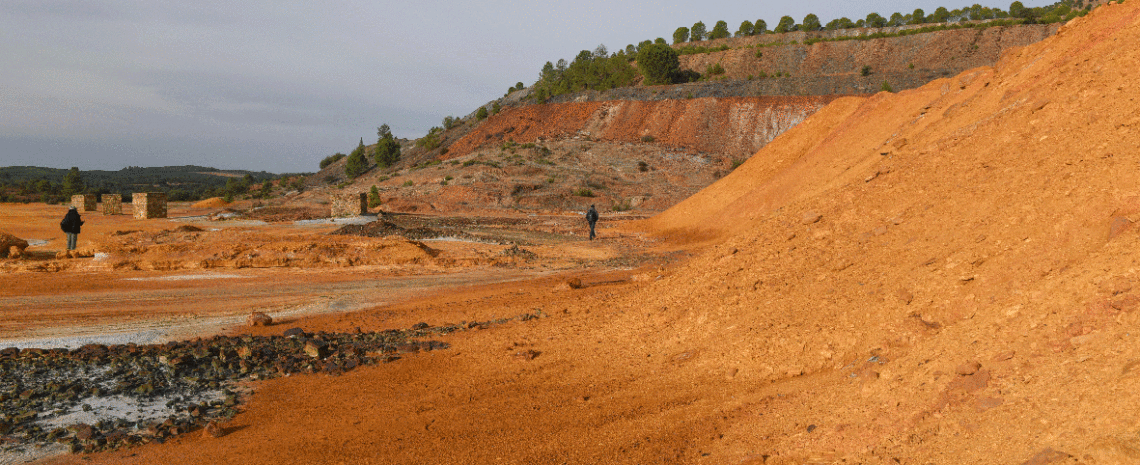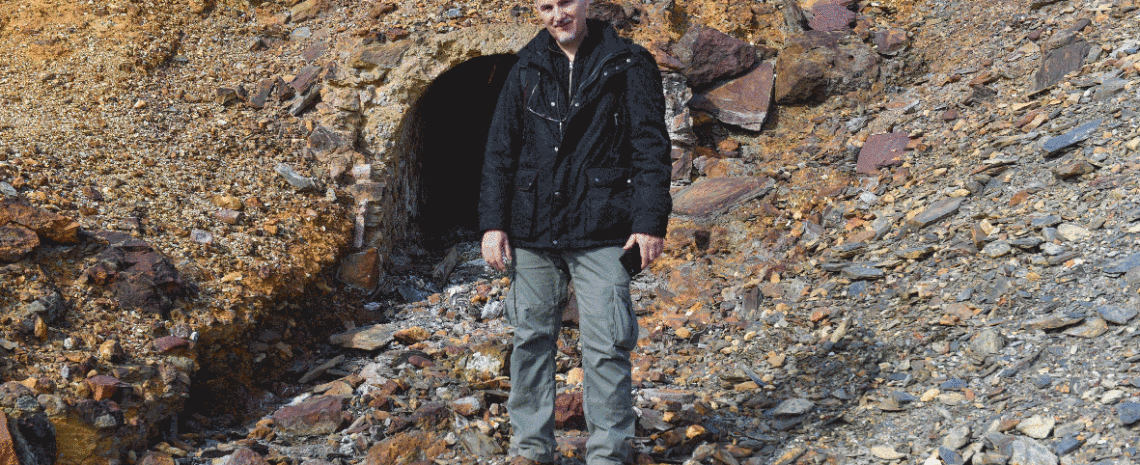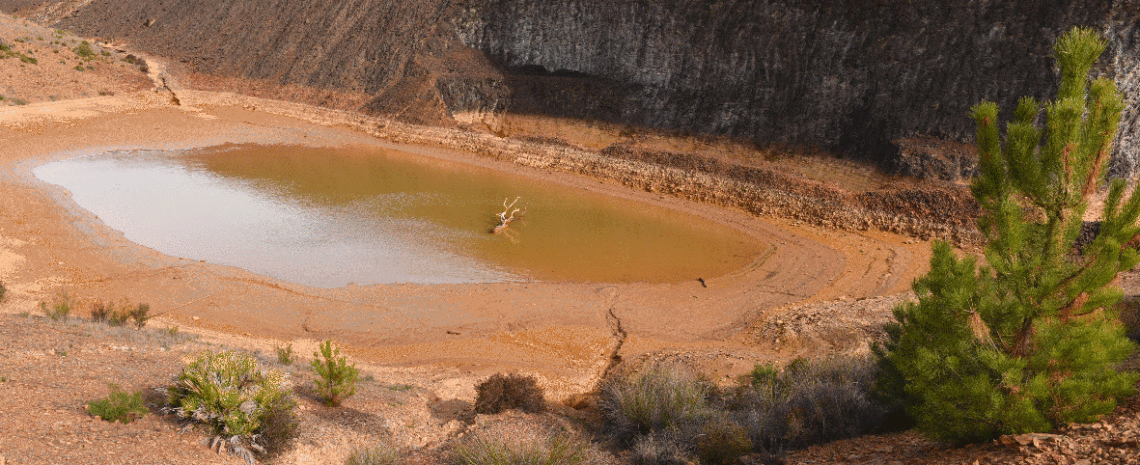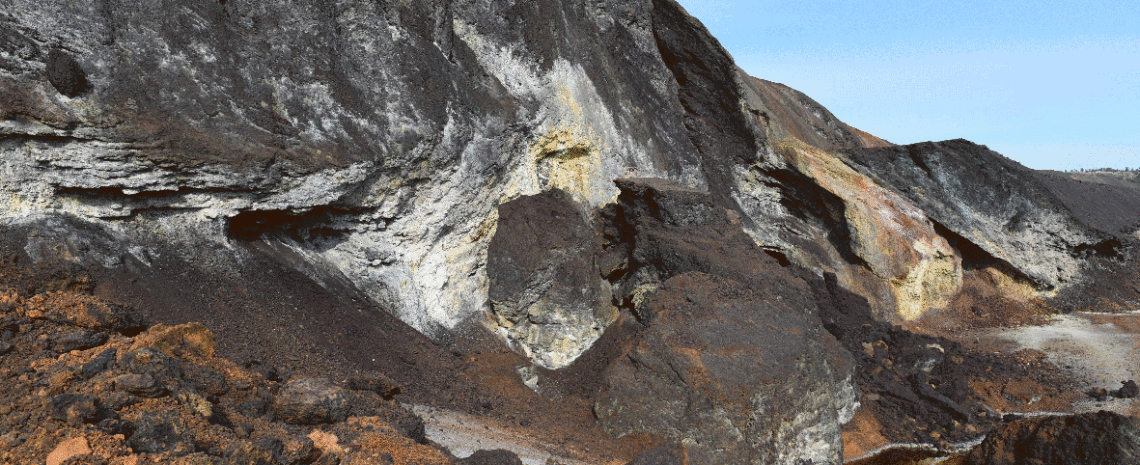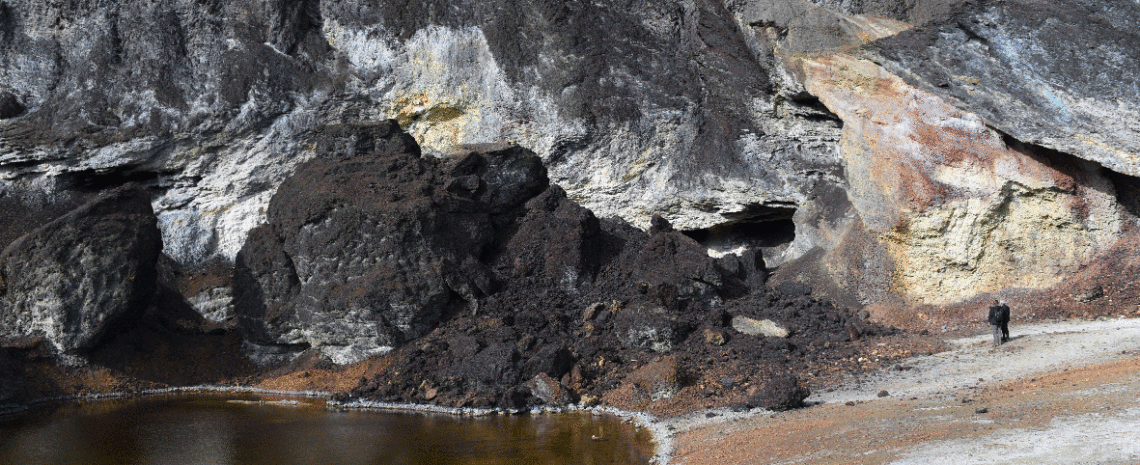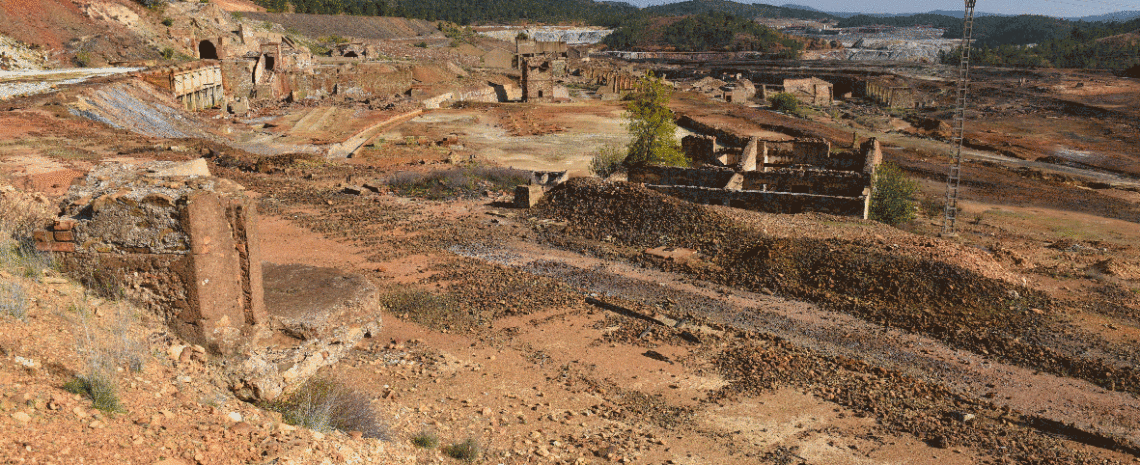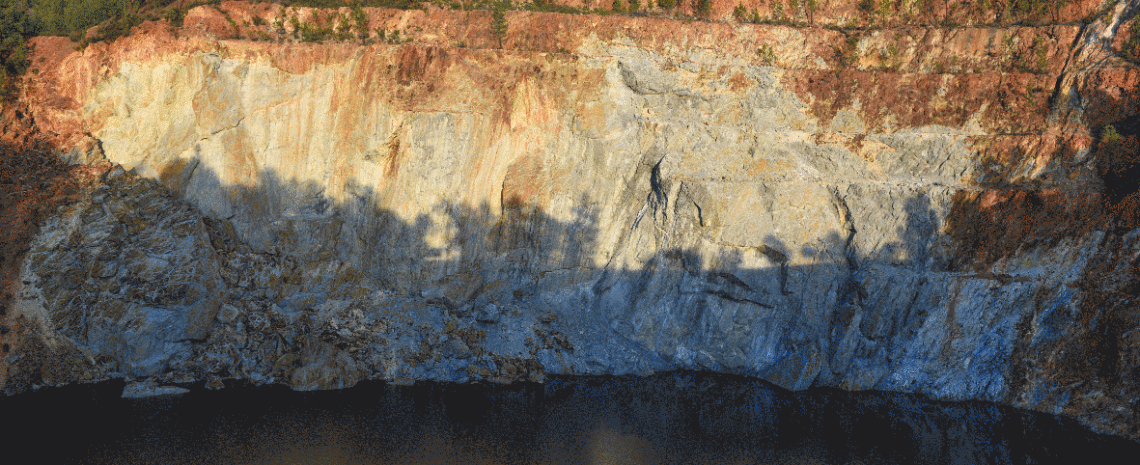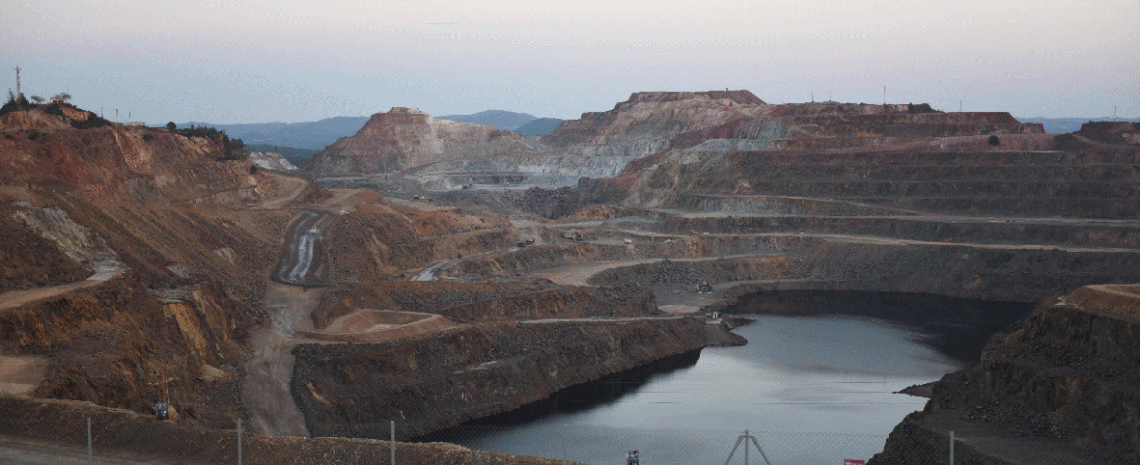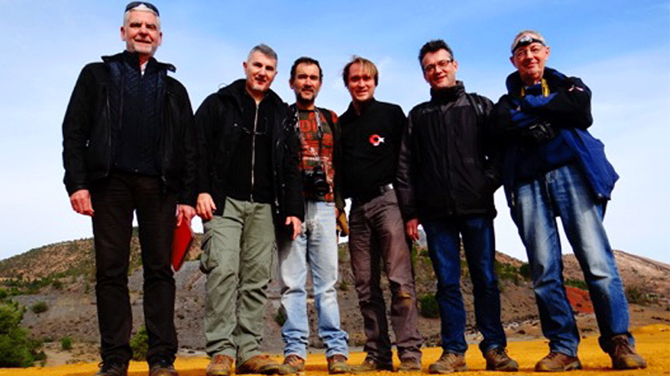Team visit to Rio Tinto; analogue site for Mars
The Rio Tinto analogue test site is situated in the Huelva district of southern Spain near the city of Seville. The site is part of a large opencast metal mining district that has been exploited at least since Roman times and probably earlier for iron, copper, and other metals. Iron sulphide has interacted with ground water to produce a very acidic environment with pH 0 – 3 and a mineral assemblage including jarosite, Fe-sulphates and oxides as found on Mars. Particularly interesting is the presence of microbes living in the extremely acidic and metal rich waters at Rio Tinto. For these reasons the site has been chosen by the MOONWALK project to simulate a Mars field exploration.
Members of the MOONWALK project visited the site on 10 December 2015 to investigate targets for the simulation scenarios and understand the associated logistics. Locations were determined for simulated crater (a steep-sided trench), sand dunes (mining dumps) and cave (mine tunnel) exploration by MOONWALK suited astronauts and the YEMO rover assistant. A location was also identified for deployment of the SHEE habitat module.
We thank our Spanish colleagues from INTA for organising the short but successful visit, and can now look forward to our field campaign at the site in 2016.
Team photo from left to right: Victor Demaria, Victor Parro García, Luis Cuesta Crespo, Peter Weiss, Thomas Vögele, Bob Davenport


